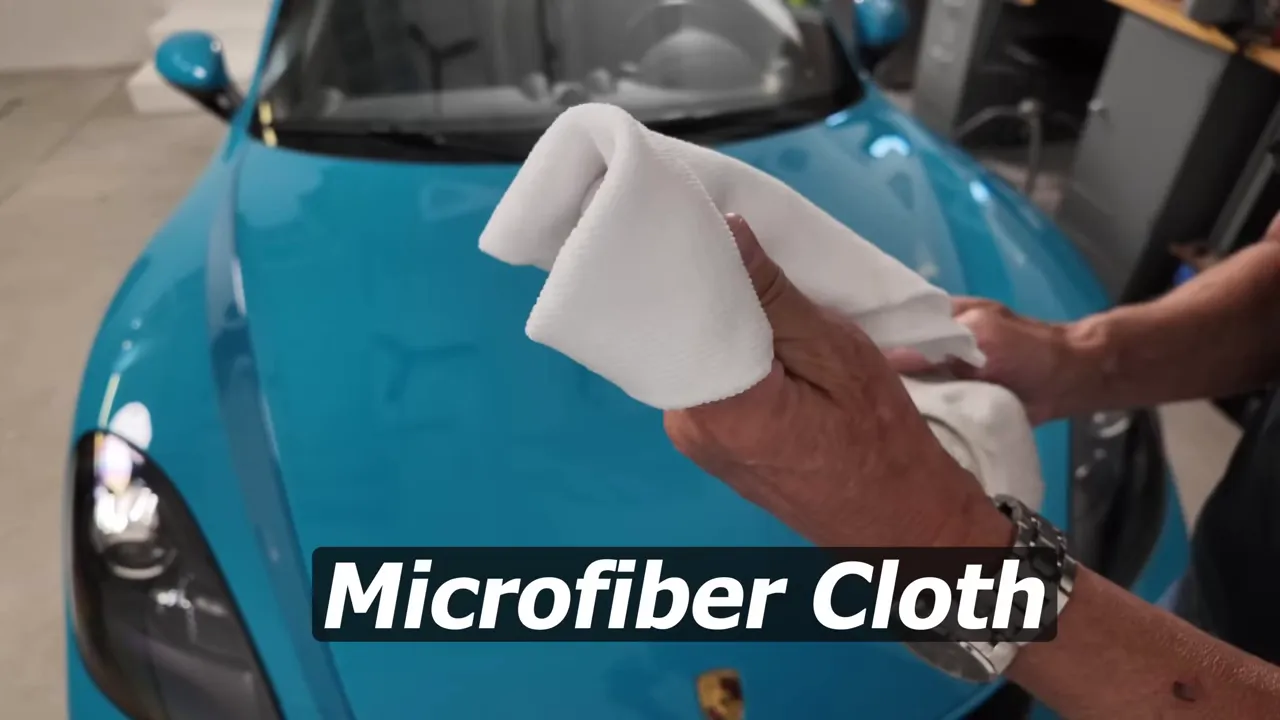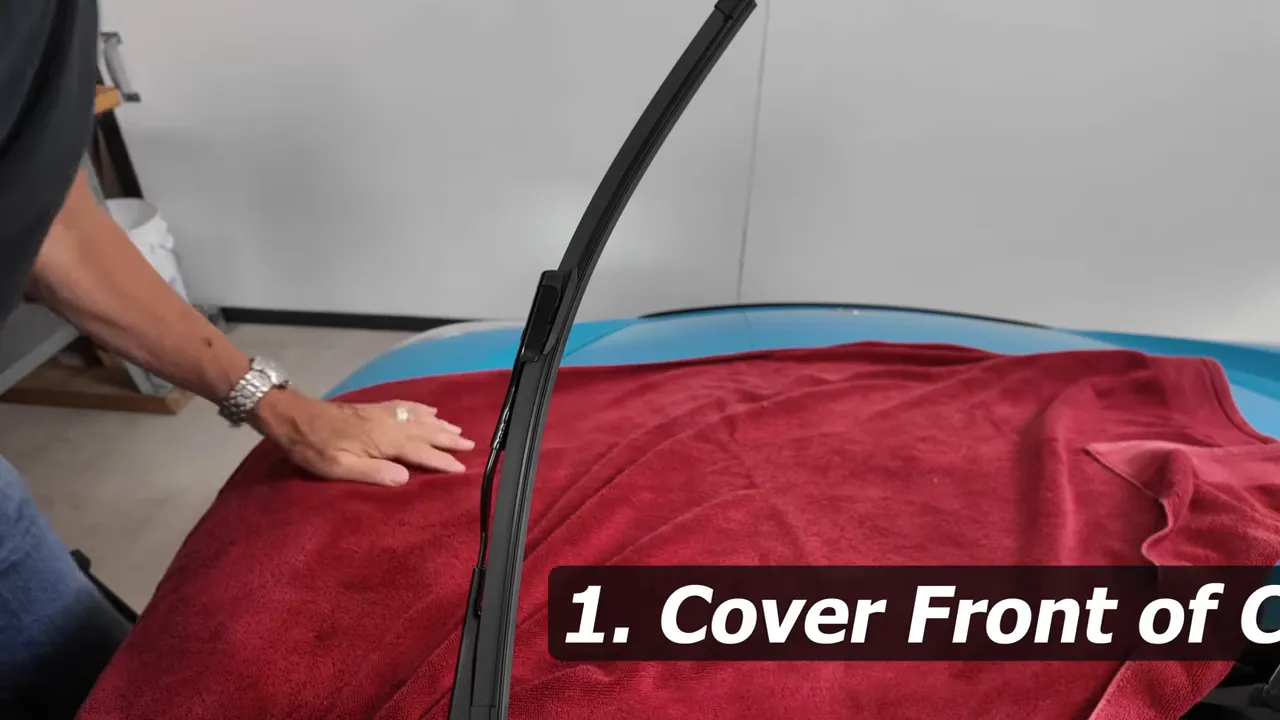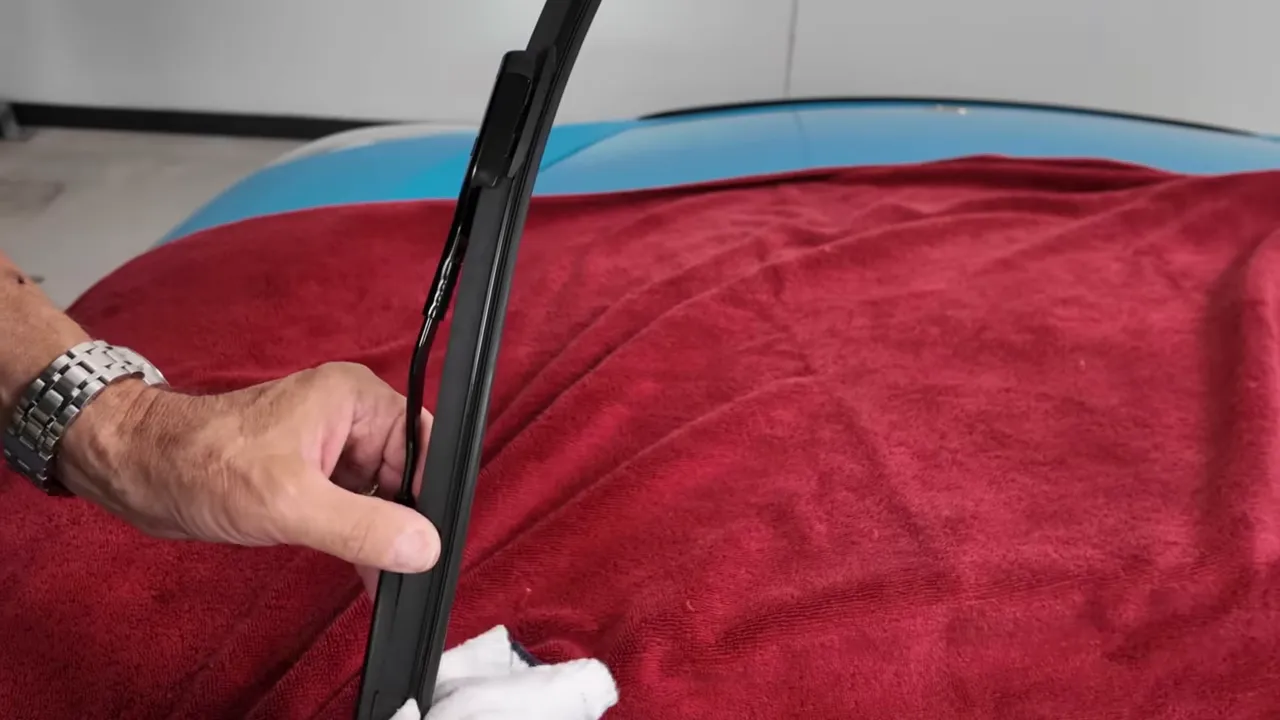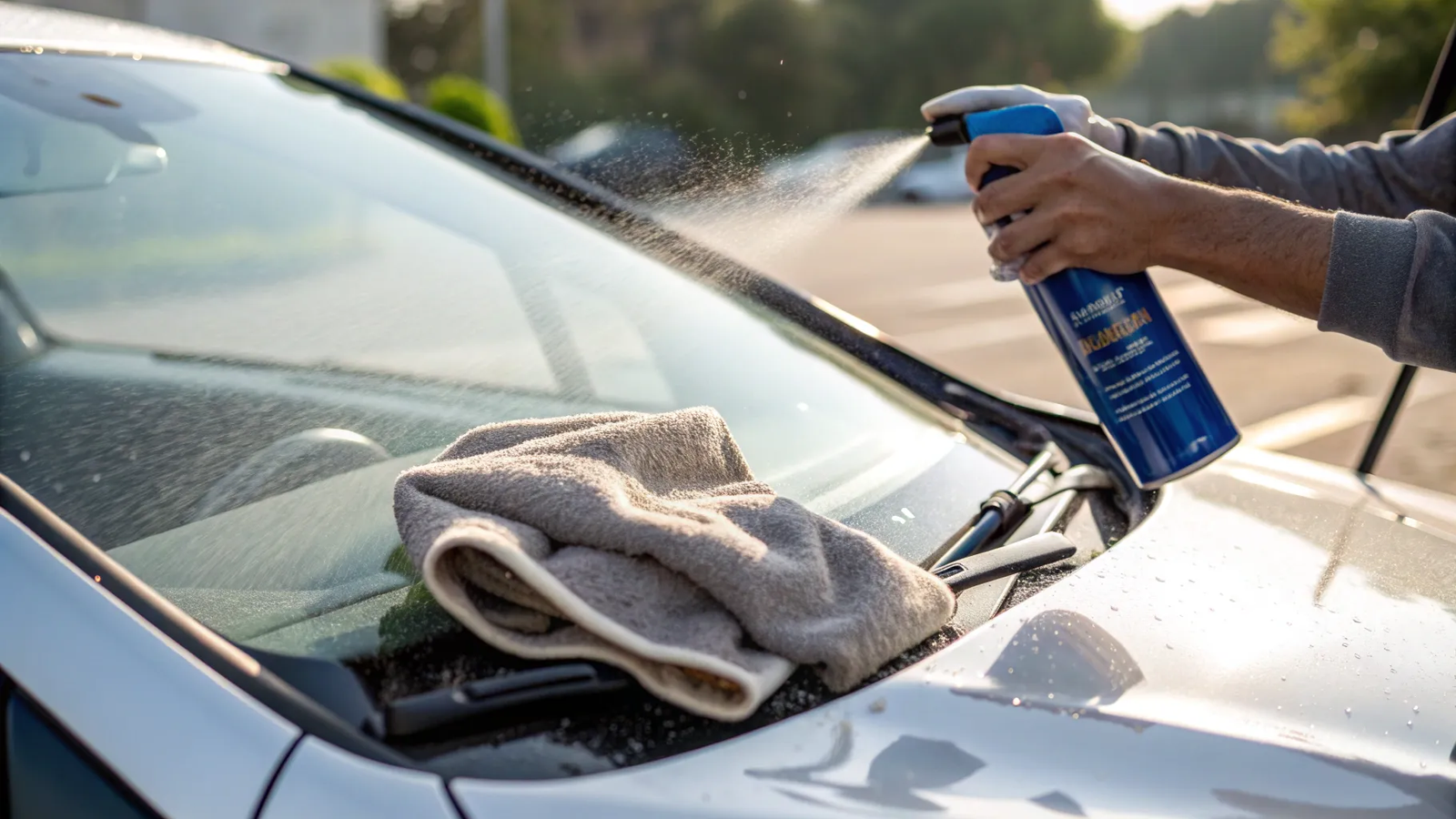Quick fix for streaky, squeaky windshield wipers: before you replace your blades, try this fast, 30-second clean. This guide shows you how to clean windshield wiper blades with a microfiber cloth (or old sock) and a light cleaner to remove road film, bugs, and oily residue. It’s a proven way to stop squeaky wipers, reduce streaks, and restore clear visibility—without buying new blades. Always protect your paint, wipe off residue, and inspect the rubber for damage.
If your windshield wipers are streaky and noisy, they probably don’t need replacement. In my quick method you can renew (not replace) your wiper blades in less than 30 seconds using stuff you already have. Save money and keep those blades working like new — dealers would love to sell you replacements, but most of the time the blades just need a good clean.
Step 1: Gather what you need 🧦
You’ll only need three things: an old towel to protect the front of the car, a clean microfiber cloth or — even better — a thick old white sock to wrap around the blade, and a spray like WD-40 to dissolve the grease and gunk.
Note: I use WD-40 Multi-Use Product — you can find it here: Amazon Link

Step 2: Protect the paint and position the wiper 🛡️
Fold that old towel over the front of the car where the wipers rest. This keeps any drips or scrubbed-off grime from landing on paint. Lift the wiper arm away from the windshield so you can access the blade comfortably.

Step 3: Soak the sock (or cloth) and apply to the blade 🧽
Spray or soak the sock/microfiber with WD-40, then pinch the fabric around the rubber blade. With the fabric wrapped tightly, rub the blade back and forth along the entire length to remove bugs, tar, sap, grease and oil. You’ll be surprised how much gunk comes off.

Step 4: Wipe off residue and inspect the blade 🔍
After scrubbing, use a clean microfiber or towel to wipe any remaining residue from the blade and the windshield edge. Check the rubber for nicks or splits — cleaning removes the grime that causes streaks and noise, and in many cases that’s all you needed.

Step 5: Bonus tip — keep blades cleaner longer 🚗
To prevent rapid re-soiling, clean your windshield properly at least once a month. A clean glass means your wipers pick up less grit and grime, which prolongs blade life and improves visibility. For a step-by-step windshield cleaning routine, check this: https://youtu.be/7I2liCszvLc
Step 6: FAQ — quick answers to common questions ❓
- Will WD-40 damage rubber? Light, short contact that’s wiped off promptly is generally acceptable on many rubbers. Manufacturer data notes no visible effects from spray on various rubbers, but prolonged immersion can swell certain rubber types. So apply sparingly, avoid soaking, and wipe clean. If you prefer, many wiper makers simply recommend cleaning the blade with mild glass cleaner and/or isopropyl alcohol.
- How often should I clean my blades? Monthly is a good rule of thumb, or anytime you notice streaking or noise.
- Does this work on silicone blades? Yes — silicone blades can still collect dirt and benefit from a gentle cleaning. Avoid harsh solvents that specifically say “not for rubber/silicone” if you have special blades.
- When should I actually replace blades? Replace if the rubber is cracked, torn, or missing a chunk, or if the metal frame is bent. Cleaning helps with grime-based problems, but physical damage means replacement.
- Is this method sponsored? No — this is not sponsored. I recommend WD-40 because it works well for the job; if you want it, here’s the product link: https://amzn.to/4gryeIt
Step 7: Final thoughts and troubleshooting ✅
If your wipers are noisy or streaky, try cleaning them first — you’ll often get like-new performance for free. Dealers want to sell replacements, but most blades will last much longer when cleaned periodically. If you try the method and still have problems, drop your questions or comments below and I’ll help troubleshoot.

